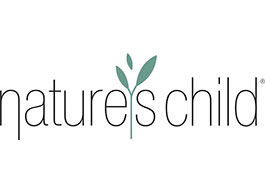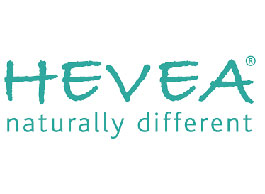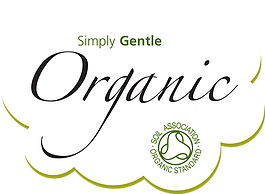Isolate the ‘action’ a child is displaying and redirect the ‘action’ into a safe and positive play idea.
Scenario: A young child is running inside at a social gathering.
Response: “Can you run to that tree and back three times in the garden? I will watch from the window. Outside is where you can run.”
Scenario: A young child is banging on the window with a hard object (makes a lovely sound!).
Response: “We bang on a drum, let’s tap on a saucepan with a wooden spoon. This is how we tap, well done, not on the window”.
When trying moments occur, redirect the child’s attention to a whole new activity. Redirection can also quickly change a child’s mood.
Scenario: A child is tired but does not want to rest (‘niggles’ will follow!).
Response: Throw a big bed sheet or bedspread over the kitchen table to make a cosy den underneath with cushions and books. Start reading a story to big teddy on your bed, your child will soon follow.
Scenario: A child is upset, waiting for tea.
Response: “Look at that bird in the tree; it sounds like it is calling your name. Listen, Roger, Roger…!”
Redirect to something new (children live in the moment!). Redirect by saying the ‘positive’ way to behave, rather than “Stop…” “No…” Children are more open to being guided in this way (even teenagers!). Each time your child displays a challenging behaviour, it is an opportunity to guide (redirect) your child on how to live in this world.
Scenario: Children are walking in mud on the way to the classroom (teaching).
Response: “Stay on the path!” rather than “Keep off the mud!”
It is subtle but children respond to the positive way to behave (with less defensiveness) and learn what to do next time.
Scenario: A young child is hitting a playmate to get a toy.
Response: Say “Hands down” in a firm manner, redirecting the child to keep his hands to himself. Then redirect the child to use words to ask for a turn and for the hurt child to say, “Stop! I do not like that”. Further, redirect the child to help you get a timer to play a turn-taking game when the bell pings! Also practise ‘sharing’ with teddy at home and explain gentleness throughout the week with toys and other people.
Remember that no child or parent is perfect and neither should we be. It’s our mistakes that help us to learn and grow. Try to be conscious of how things worked out during and after each incident with your child. Understand where you could have parented more positively (redirecting) to change inappropriate behaviours and make plans to act differently tomorrow (and then try again!)…
Lou Harvey-Zahra’s book ‘Turning Tears into Laughter: Creative Discipline for the Toddler and Preschool Years’ (Five Mile Press) includes all eight Creative Discipline tools. Her book and newsletter filled with free and inspiring parenting tips can be found at www.skiptomylouparenting.com













